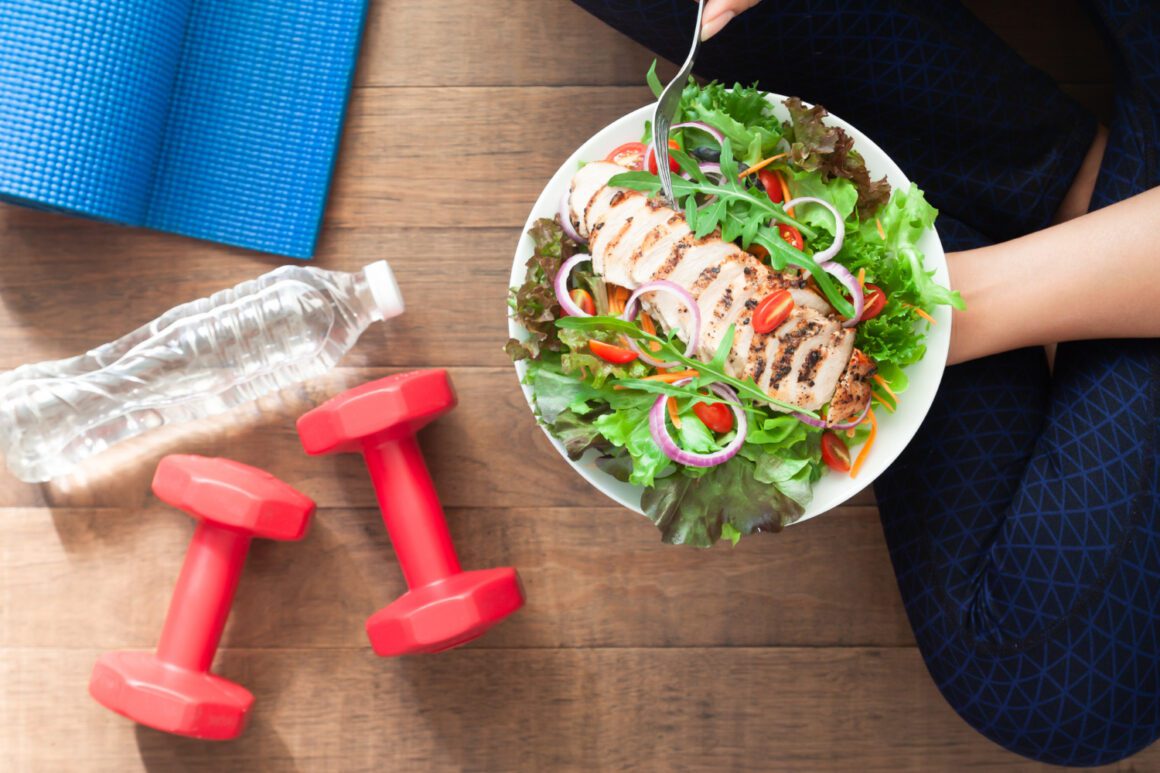Table of Contents Show
✍️ AI is summarizing:
The carb loading protocol, a popular technique among endurance athletes, involves increasing carbohydrate intake in the days leading up to a competition.
The purpose is to boost glycogen stores, which can provide energy during the event. However, the misconceptions around the carb loading protocol are vast, and many athletes consume too many or too few carbohydrates before a competition, which can lead to negative results.
Related post:
- Carb Loading: Enhancing Performance for Endurance Athletes
- The Ultimate Guide to Mountain Biking for Beginners
- 24 Exercises on How to Burn Belly Fat and Boost an Active Lifestyle
Understanding the carb loading protocol

The carb loading protocol is a strategy used to increase the amount of glycogen stored in the muscles and liver, providing a primary energy source during endurance sports. Consuming around 1.5g/kg of body weight before a long-duration, high-intensity exercise can enhance performance and help maintain intensity for longer periods.
It’s important to note that not all carbohydrates are created equal. Low glycemic index carbs, such as whole grains, fruits, and vegetables, provide a slow and steady release of energy, while high glycemic index carbs, such as white bread and pasta, deliver a quick energy boost. Understanding the right balance is key to an effective carb loading protocol.
When to follow the carb loading protocol

The carb loading protocol is most beneficial for endurance activities such as marathons, triathlons, and long-distance cycling. The longer the activity, the greater the need for carbs to sustain performance. However, if consuming a high-carb meal negatively affects your training, it may not be worth it.
Additionally, the timing of carb loading protocol is crucial. Consuming carbohydrates about 20 minutes before a workout can provide immediate energy, but consuming large amounts too close to a competition may cause stomach discomfort.

A common carb loading protocol involves eating a high-carb meal the night before an endurance event, followed by reducing exercise intensity and increasing carb intake for the next 3–4 days. This strategy, known as the “classic” method, aims to deplete glycogen stores and then super-compensate with a high-carb diet.
When to avoid the carb loading protocol
The carb loading protocol is not necessary for every athlete or every event. Shorter competitions do not require significant glycogen storage, so sticking to normal eating habits is best. Additionally, if you have a sensitive stomach, you may want to avoid carb-loading or experiment with different carb sources to see what works best for you.
Experimenting with your carb loading protocol

The key to a successful carb loading protocol is experimentation. Every athlete’s body responds differently, and what works for one person may not work for another. Some athletes perform better with a higher carb intake, while others may feel sluggish and weighed down.
How to incorporate the carb loading protocol into your training plan
To optimize the carb loading protocol, athletes should integrate it into their training routine. Start by gradually increasing carb intake during training and monitoring how your body responds. In the days leading up to a long-duration, high-intensity event, decrease training volume while increasing carbohydrate intake.

Carb-loading is not just for professional athletes or runners, it’s also beneficial for other endurance sports such as cycling, trekking, swimming, and triathlons.
The same principles apply: gradually increase your carb intake, pay attention to the timing, and experiment with different types of carbs. By incorporating carb-loading into your training plan, you can give yourself the best chance of success on race day.

It’s also important to note that carb loading protocol is not a one-size-fits-all solution. It’s crucial to experiment and find what works best for your body and your specific training goals. Some athletes may find that they perform better with a higher carb intake, while others may feel weighed down and sluggish.
Incorporating carb-loading into your training plan is essential to making the most of this strategy. Start by gradually increasing your carb intake during your training, paying attention to how your body responds. Then, in the days leading up to a long-duration, high-intensity exercise, gradually decrease your training volume and increase your carb intake.
Conclusion
The carb loading protocol isn’t just for professional athletes or marathon runners—it benefits endurance sports like cycling, trekking, swimming, and triathlons. The key principles remain the same: gradually increase carb intake, time it correctly, and experiment with different carb sources to find what works best.
Remember, carb loading protocol is not a one-size-fits-all approach. Every athlete should fine-tune their strategy based on individual performance and digestive tolerance. By implementing the carb loading protocol effectively, athletes can enhance endurance, maintain energy levels, and improve overall performance on race day. Happy training! Follow ExoTrails on Facebook for your daily dose of travel inspiration and tips.












